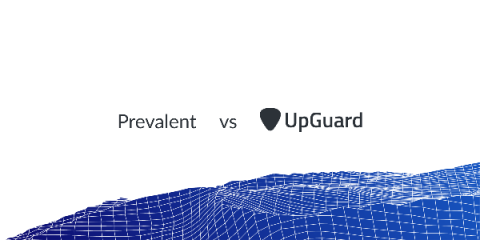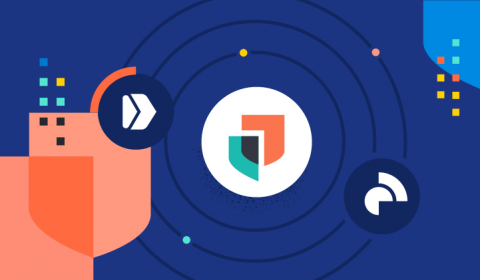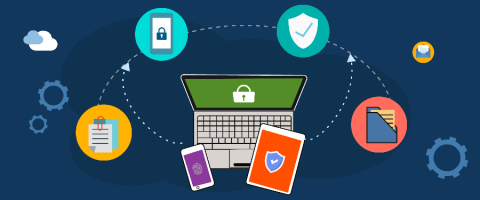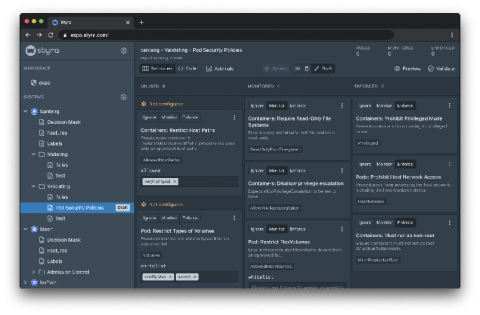Prevalent vs. UpGuard Comparison
Cyber attacks, misconfiguration, and data leaks are more common than ever before. Our news cycle is full of first and third-party data breaches that expose the protected health information (PHI) and personally identifiable information (PII) of thousands or even hundreds of millions of people. Not only are data breaches more common, but they're also more costly. The average cost of a data breach is now nearly $4 million globally.










